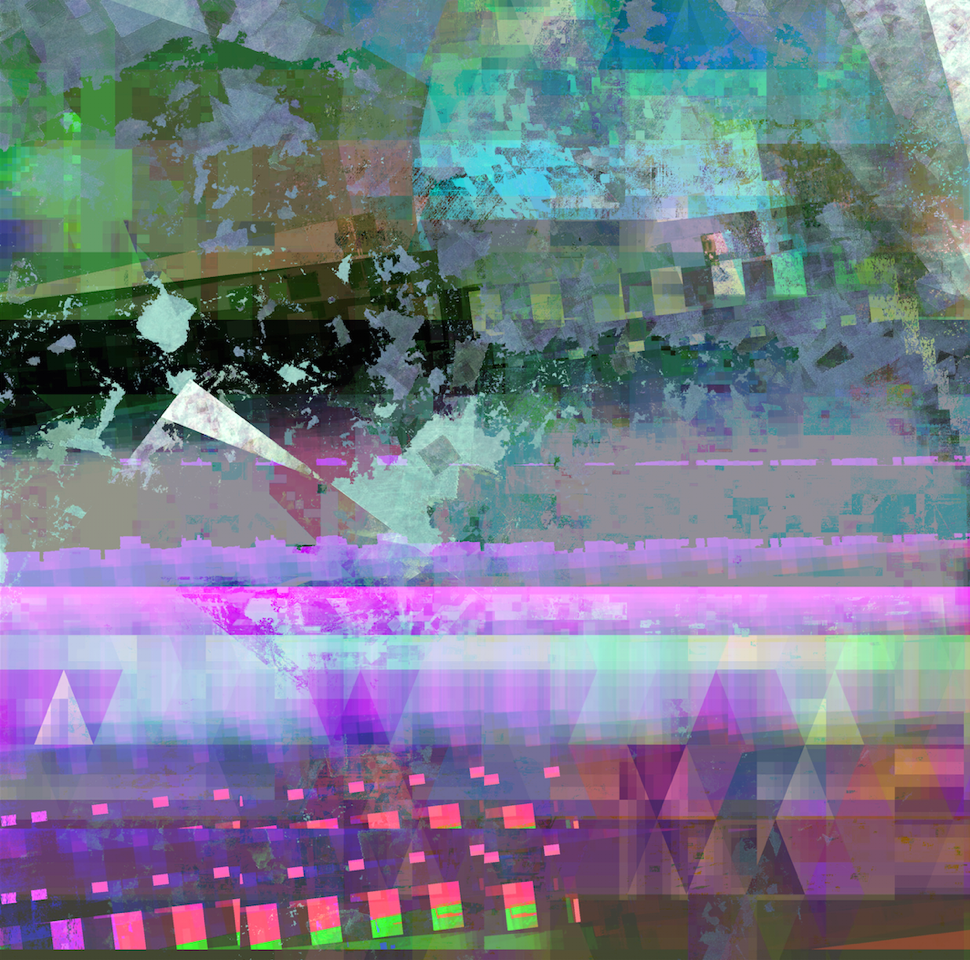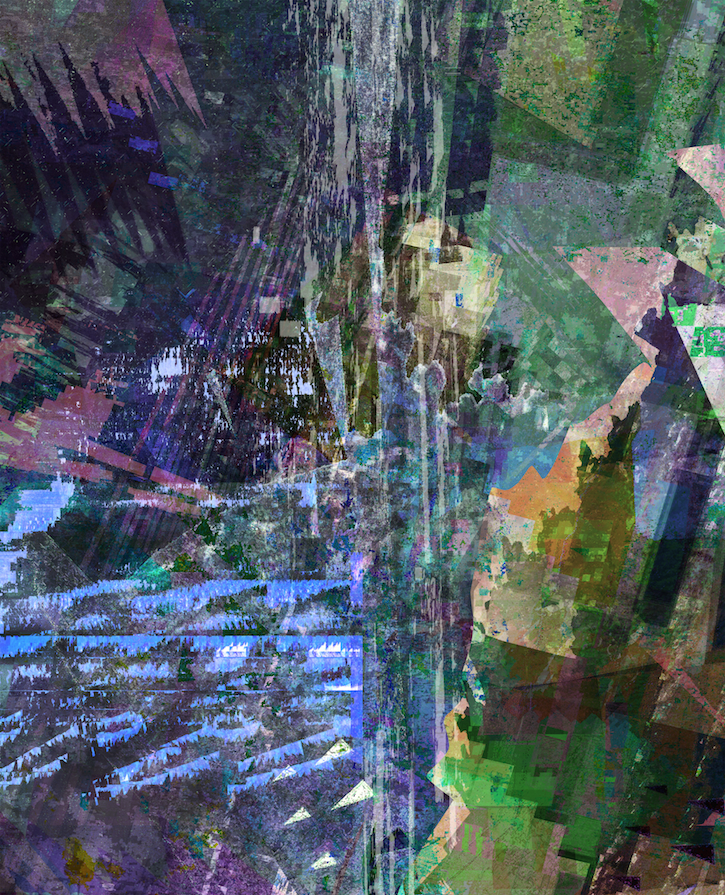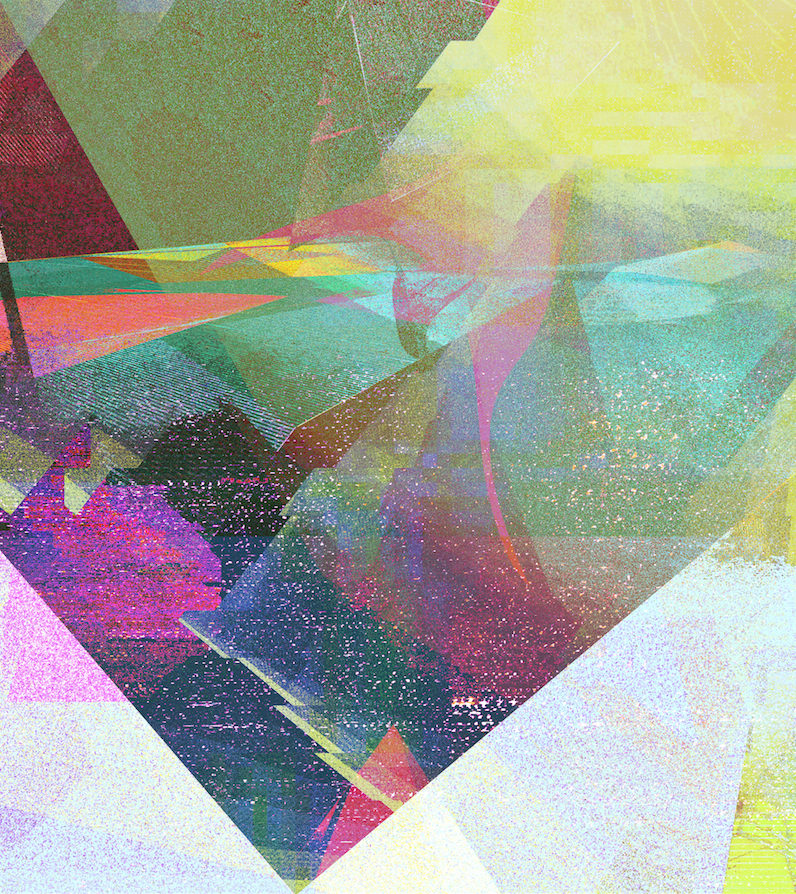 If you think you’ve seen all that celebrity culture has to offer, think again. Atlanta native Spencer Sloan is turning the tables on our visual perceptions depicting lifestyles of the rich and the famous (and beyond) through his unique style of digitally manipulated high-resolution paparazzi photos. A digital burst of noise-filled shapes, colors and patterns explode for a dizzying escape from the typical tabloid fare that bombards us through media.
If you think you’ve seen all that celebrity culture has to offer, think again. Atlanta native Spencer Sloan is turning the tables on our visual perceptions depicting lifestyles of the rich and the famous (and beyond) through his unique style of digitally manipulated high-resolution paparazzi photos. A digital burst of noise-filled shapes, colors and patterns explode for a dizzying escape from the typical tabloid fare that bombards us through media.
Sloan has crafted his own fearless approach in his celebrity candids that is an experimental process without boundaries. You’ve never fully experienced Charlize Theron pushes a cart full of groceries in Los Angeles until you’ve seen her scrambled and broken down in a 10-feet-high and 8.5 inches-wide mural. The star isn’t recognizable, instead, a brand new force of disassembled intrigue leaps forth. The former pop culture blogger’s glitch-filled trip into uncharted territory has quickly earned him plenty of attention. He’s made a name for himself as a creative by embracing seemingly mundane elements of life and transforming them through imaginative processing.
Grab a cup of coffee, sit back and enjoy Sloan talking with us about crafting rebellion, cranking up the volume on the ordinary and the motion of the Atlanta arts scene.
CommonCreativ: You’ve worked as a pop culture blogger—how did you make the transition into your current medium of “conceptual glitch art?”
Spencer Sloan: It almost felt like the logical next step. When I was blogging, I was already dealing with all these images of celebrities and learning Photoshop at the same time. Then the image distortion and photo editing apps started popping up. The glitch pieces were never intended to be anything other than a goof on the blogging. It was a tiny internal rebellion that became this new creative outlet, like when you draw a mustache on someone in a magazine and then you add some horns and crazy eyes and you keep doodling until it’s this whole new face. The pieces became this sort of a non-life-threatening version of opioid replacement therapy. Same sausage, different casing.
CC: Much of your art seems to reference aspects of pop culture and change the lens in which we view it. What draws you to exploring this?
SS: I like pop culture. Movies, music, TV and magazines have always been a big part of my life. But so much of pop culture is consume first and maybe don’t ask questions later. There’s not a lot of time to check the label to see what you’re actually getting. It moves too fast. After a while, you develop your own way of processing or filtering all this already pre-processed information. My work is a reflection of how I process pop culture. It’s me slowing down the cycle and highlighting the inherently silly or strange parts.
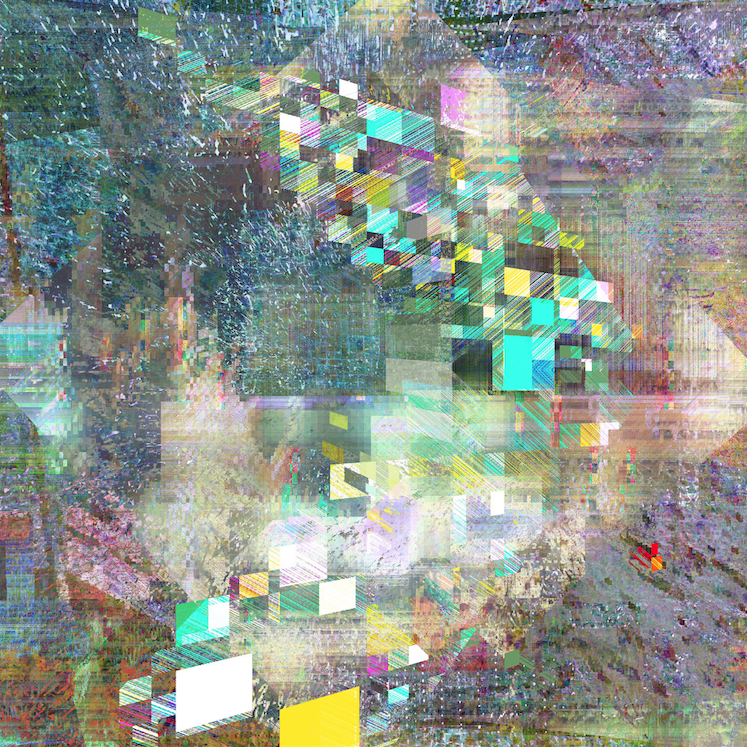 CC: How do you feel about celebrity culture?
CC: How do you feel about celebrity culture?
SS: It can be a good distraction. And many people find it entertaining, even therapeutic. Angelina Jolie does some good things with her celebrity. And idol worship is probably not going anywhere soon. It’s crazy the infrastructure that exists to support the silliest aspects of celeb culture.
CC: What does your creative process look like when selecting images to transform?
SS: There are paparazzi picture forums online, and they are updated all day, everyday. A tabloid may print one picture, but there are hundreds more from that same sighting of Jennifer Garner leaving Starbucks that go unused. First I scan the descriptions for anything that stands out: a name, a place, an activity. The more exciting, boring, or absurd, the better. Lindsay Lohan at the Mr Pink Ginseng Drink launch party at the Beverly Wilshire Hotel in Beverly Hills, California (10/11/2012). That one has it all. Then I go through the images like any tabloid editor. In the end, it doesn’t matter the image I choose, because it’s going to be completely unrecognizable as anything or anyone, once I’m done. Basically, my process looks a lot like me looking at the internet.
CC: What have been some of your favorite projects to work on?
SS: That’s an easy one. Last year I was commissioned to do a piece for the new Dolby Laboratories building in San Francisco. The project, which included 20 artists, was headed by former Atlanta artist/designer/curator/shaman Kevin Byrd and current Atlanta art synergist Allie Bashuk. It was a challenging assignment, and I ended up creating my biggest glitch piece, yet, at almost 9 feet by 10 feet.
CC: Why do you make art?
SS: I don’t know. It’s something I find myself doing without having to tell myself to do it. And I tend to get a little self-destructive if I don’t stay busy. Art can be a wonderful distraction. Also, I am unlicensed and unqualified to do much of anything else.
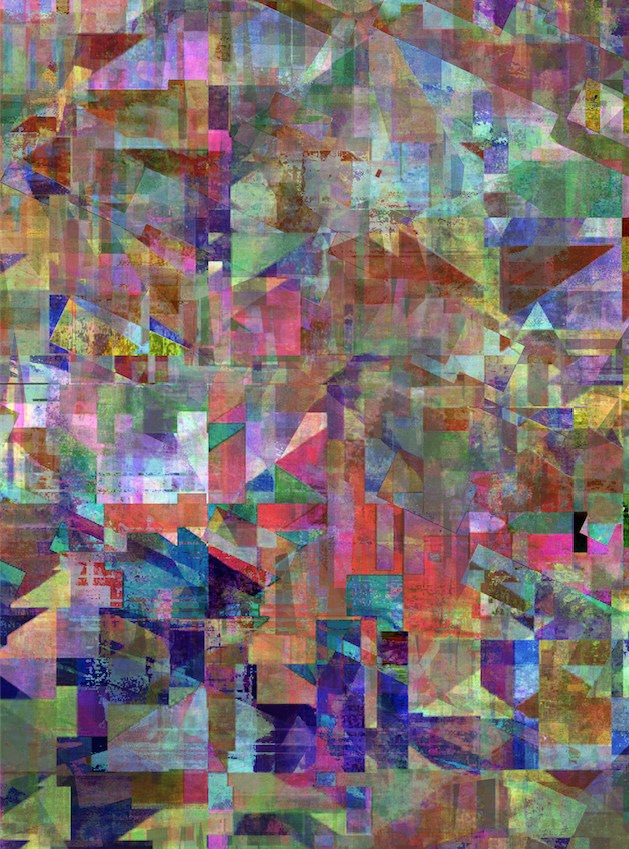 CC: What are some of your favorite projects and who are some of your favorite fellow artists in Atlanta?
CC: What are some of your favorite projects and who are some of your favorite fellow artists in Atlanta?
SS: Ally White, Hannah Tarr, Kelly Kristin Jones, Joe Camoosa, Jason Murphy, Carolyn Carr, Ashley Anderson, Stephanie Dowda and Sarah Emerson. Specifically, Sarah’s current show at MOCA GA. I’ve been a fan of her work for a while, but I’m amazed at how she rose to the challenge presented by that space. It’s daunting. And she brought it. It’s a major artistic accomplishment. It’s great for Sarah, it’s great for MOCA GA, and it’s great for Atlanta.
CC: What are your thoughts on Atlanta’s creative scene right now?
SS: I like it. It’s good. I try to be positive about it. It’s hard to see galleries close, but there are always new things and events and people to get excited about. I’m not worried about the scene. The scene regenerates itself.
CC: What’s up next for you in 2016?
SS: This is the year I will watch The Wire.
You can see more of Spencer’s work on his portfolio site and Tumblr.

